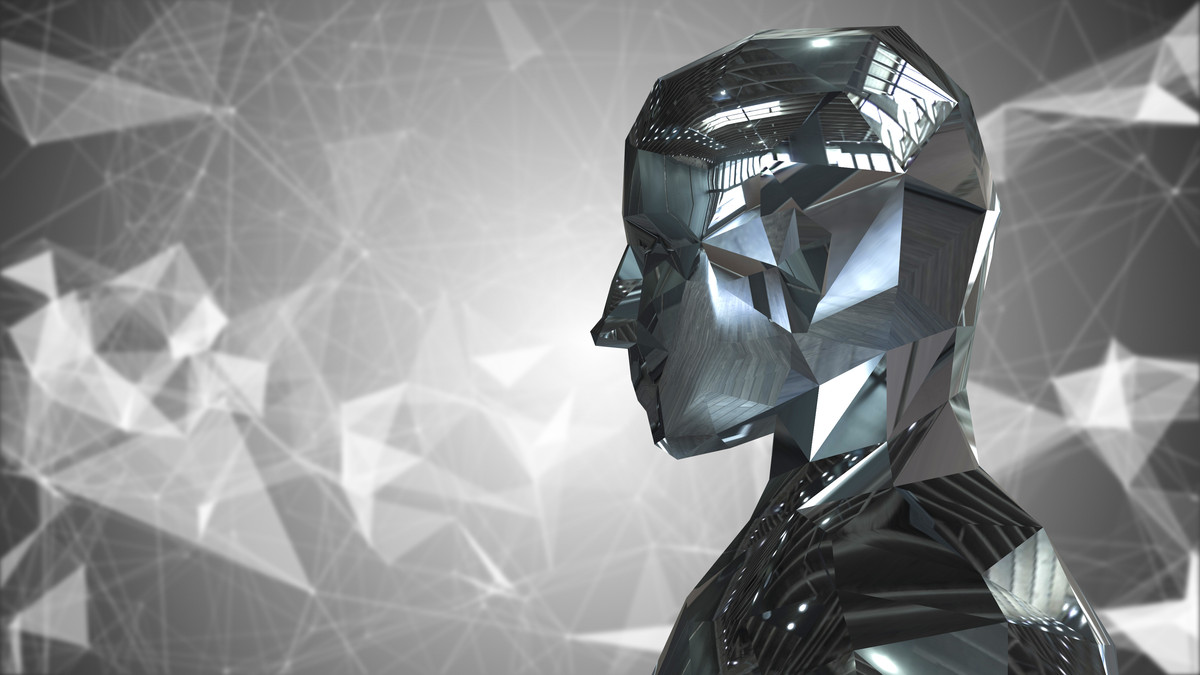There’s a lot of excitement about what artificial intelligence (AI) can do in manufacturing. Depending on what you read – and choose to believe about what you read – AI-driven robots are able to autonomously make decisions about what work gets done, how it gets done and who does it, or there are decades of work yet to be done before we see a material impact.
Personally, I think we’re somewhere in the middle, as manufacturers – pragmatists that they are – design and implement manufacturing strategies in a very deliberate way to achieve business requirements and then focus ongoing efforts to make key processes better and better. And I think that collaborative robots (cobots) will play a larger and larger role in accelerating progress. The AI that cobots possess makes them so much more than just machines for dirty, dull and dangerous work.
So let the world watch and wait for artificial intelligence that will enable wholesale change in how we drive, care for our aged, teach our children and more. Manufacturers don’t have to wait for artificial intelligence-driven robots to help them make their operations better. It can – and is – happening right now.
Improve, improve, improve
In manufacturing, continuous process improvement is part of an operation’s DNA. Whatever is being done well today can be done better tomorrow. In these environments, AI-driven robots can make meaningful contributions to process improvement from the day they are deployed.
I’ve written a lot about how cobots are much easier to use than traditional automation solutions based on the simple fact that they are safe enough to work in close proximity to people and don’t require hours of integration and custom programming in order to work on a task.
There are practical applications of intelligence that make this possible, including these:
Monitor: This ability makes it possible for an AI-driven cobot to detect, for example, changing workspace conditions and to monitor and optimize its operation.
See: With this ability, an AI-driven cobot can recognize the presence and orientation of parts; perform inspection and dynamic pick-and-place tasks, as well as read results from testing equipment and make decisions accordingly.
Adapt: Using this trait, an AI-driven cobot can adjust task orientation as machines move; adjust the force control required to pick parts from a stack; detect and evade collisions and respond to errors with retry strategies.
Learn: An AI-driven cobot that can predict and diagnose failure conditions; identify patterns in ongoing operations and apply insights gained to drive better performance.
Deploy: An AI-driven cobot can be put to work in hours; it is also able to re-use task information and share it with other robots.
Extend: AI-driven robot can control other machines; orchestrate the activities and improvements in nearby equipment.
What matters most to manufacturers is how these translate into operational improvements. That’s easy. With onboard intelligence, cobots can:
- realize when something is not working and stop before damage is done
- identify ways to improve the way a task is done
- collect data and perform analytics to help users make decisions around process improvement
What AI-driven cobots deliver to manufacturers today are bottoms-up applications of machine learning that make operations run more smoothly, efficiently and productively. In many ways, these cobots can be seen as assistants that help manufacturers do their jobs better. And who isn’t looking for that?
This article was written by Jim Lawton from Forbes and was legally licensed through the NewsCred publisher network. Please direct all licensing questions to legal@newscred.com.
![]()



